Introduction:
Branding guidelines are the foundation of a strong and consistent brand identity. They ensure that all visual and messaging elements align, creating a cohesive experience across all platforms. As a designer, understanding and implementing branding guidelines is crucial for maintaining brand integrity and enhancing recognition.
Key Reasons Why Branding Guidelines Matter:
Consistency & Recognition – A well-defined brand identity helps build trust and familiarity with customers, making the brand easily recognisable.
Professionalism & Credibility – Consistent use of logos, color, typography, and tone of voice enhances the company’s professionalism.
Efficiency & Scalability – Clear guidelines streamline design processes, ensuring that all teams and external collaborators maintain brand cohesion.
Emotional Connection – A strong brand identity creates a deeper connection with audiences by conveying clear values and personality.
Competitive Edge – A distinct and unified brand presence differentiates a company from competitors, strengthening its position in the market.
Professionalism & Credibility – Consistent use of logos, color, typography, and tone of voice enhances the company’s professionalism.
Efficiency & Scalability – Clear guidelines streamline design processes, ensuring that all teams and external collaborators maintain brand cohesion.
Emotional Connection – A strong brand identity creates a deeper connection with audiences by conveying clear values and personality.
Competitive Edge – A distinct and unified brand presence differentiates a company from competitors, strengthening its position in the market.
For organisations, branding guidelines act as a roadmap for visual and verbal communication, ensuring every touchpoint—from websites and social media to print materials—delivers a seamless, impactful brand experience. As a designer, my role is to bring these guidelines to life, crafting engaging visuals that resonate with audiences while staying true to the brand’s essence.


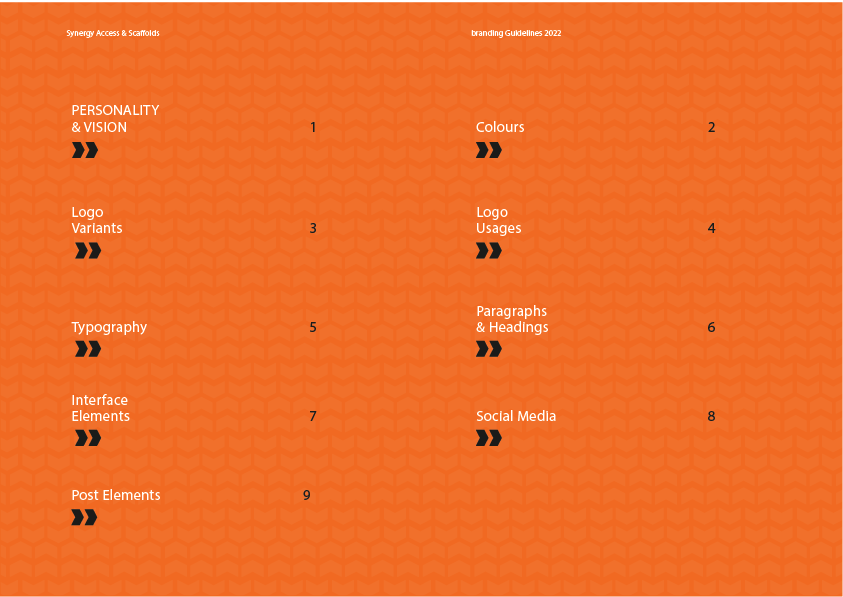
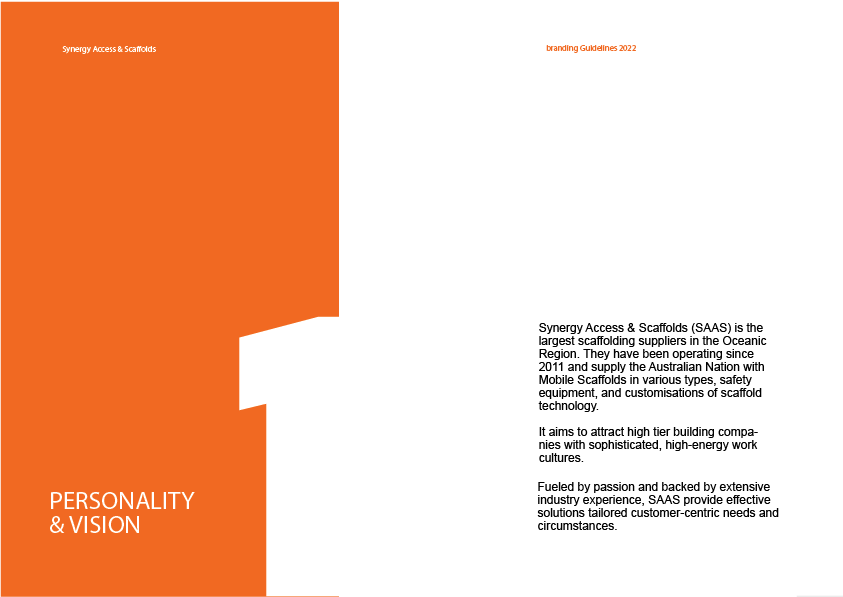

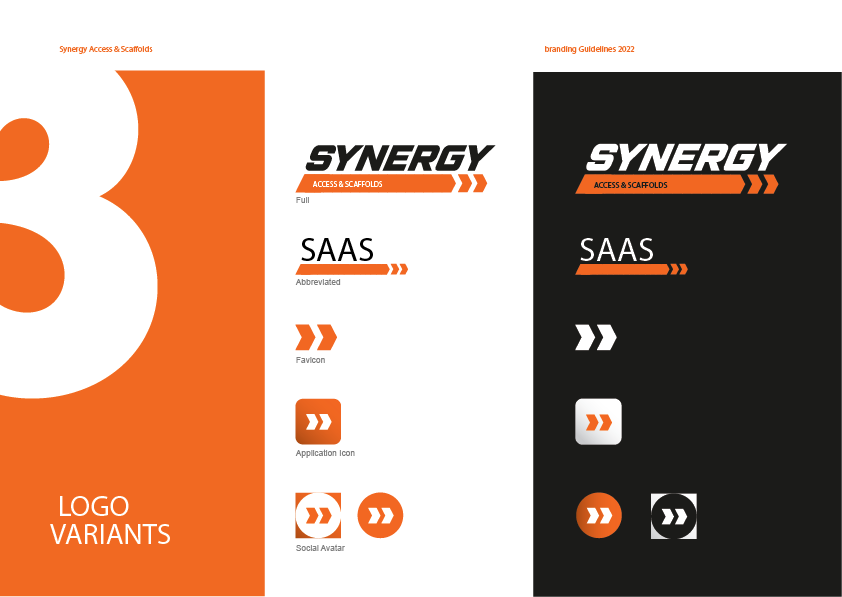
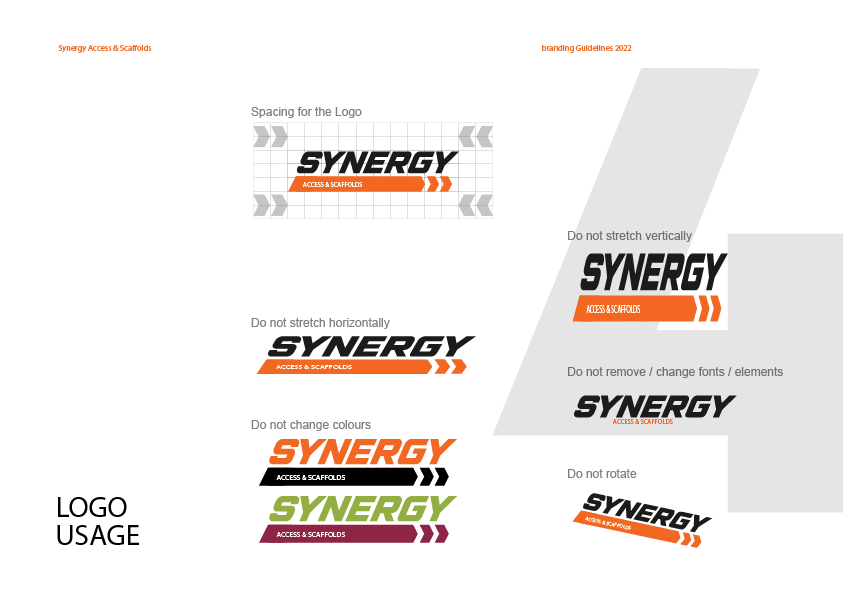

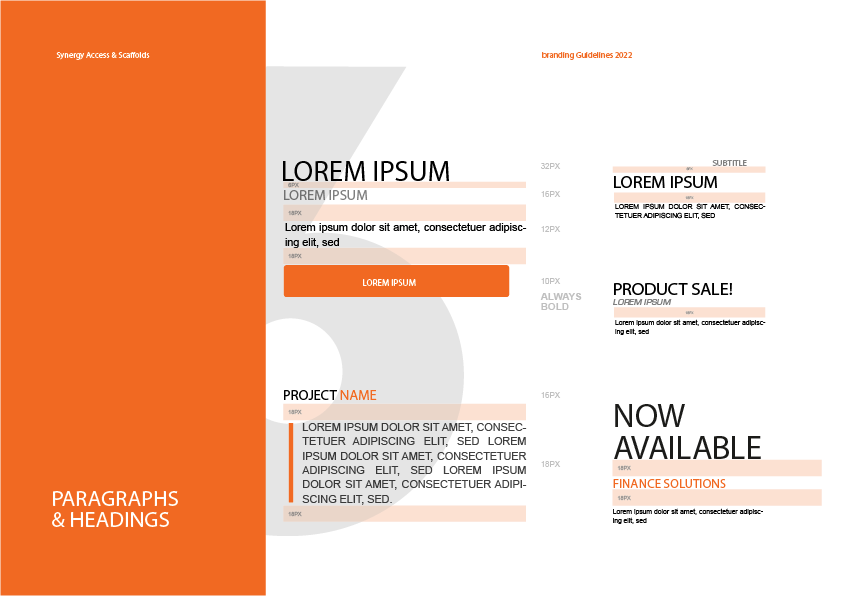



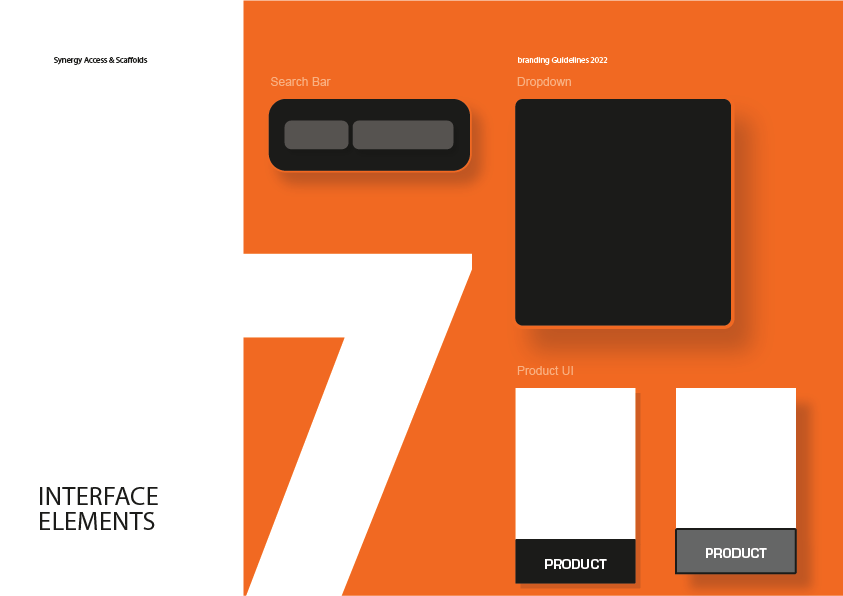
Catalogs provide a comprehensive overview of a company's product
offerings, displaying a wide range of options in one convenient format. This
allows customers to browse through various products and get a sense of the
company's offerings, leading to increased exposure for the brand.
offerings, displaying a wide range of options in one convenient format. This
allows customers to browse through various products and get a sense of the
company's offerings, leading to increased exposure for the brand.

Summary:
Catalogs offer detailed information about
each product, including specifications,
features, pricing, and available options. This
helps customers make informed purchasing
decisions by providing them with the
necessary details to evaluate and compare
different products.



